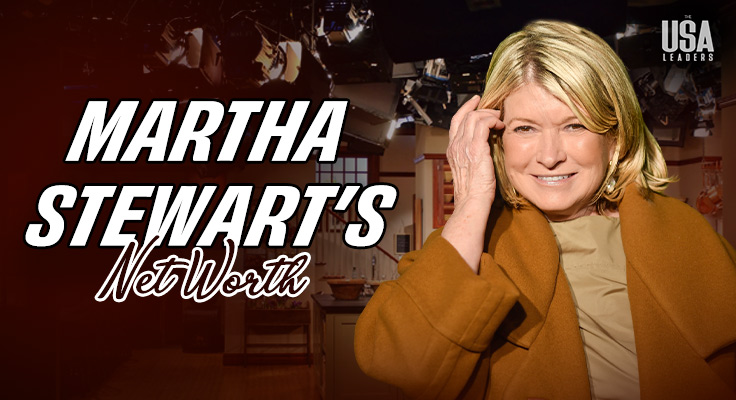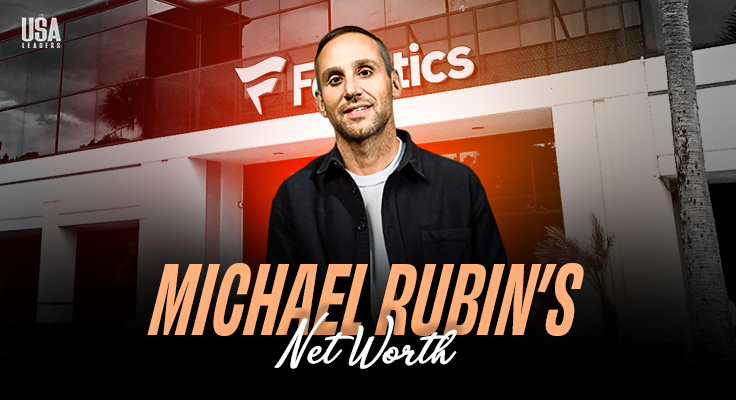Filing an insurance claim can feel like a lifeline after an unexpected accident or property damage. But before you receive a payout, the insurance company will investigate to assess the legitimacy of your claim and determine the appropriate compensation. While sometimes frustrating, this process is crucial for ensuring fair treatment for policyholders and financial stability for the insurance company.
Understanding what insurance adjusters look for during their investigations can empower you to navigate the process smoothly and efficiently. This article will provide insight into what adjusters look for during insurance investigations.
Remember that reputable law firms, like Blakeley Law Firm, P.A., are there to assist you in negotiating with the insurance adjusters concerning your claim.
Read- on
Understanding Insurance Adjusters: What’s Their Role
An insurance adjuster is the intermediary between the policyholder (you) and the insurance company. They are responsible for investigating the claim, verifying its legitimacy, and determining the appropriate settlement amount. This investigation ensures that coverage is applied correctly and that the company isn’t paying for fraudulent claims.
Let’s shed light on what they look for during an investigation.
Damage Evaluation
One key area adjusters focus on is damage assessment. Whether it’s a scratched bumper or a flooded basement, they’ll inspect the extent of the damage firsthand. This might involve visiting the site or liaising with experts such as mechanics or contractors.
During the evaluation, adjusters look for signs of wear and tear, pre-existing damage, and any discrepancies between the claimed damages and the actual findings. Their keen eye for detail ensures that every aspect is thoroughly scrutinized.
Policy Compliance
Insurance policies are like contracts, and adjusters are the gatekeepers of compliance. They’ll comb through the policy documents to ensure the claim falls within the coverage parameters. This involves checking for exclusions, limitations, and any special conditions that may apply.
If the claim aligns with the policy terms, the adjuster will proceed with the evaluation. However, further investigation may be required if there are discrepancies or uncertainties.
Fraud Detection
Unfortunately, insurance fraud is a reality, and adjusters are trained to spot red flags. Whether exaggerated claims, falsified evidence, or staged incidents, they’re adept at detecting suspicious activity.
Adjusters use various techniques to detect fraud, including data analysis, surveillance, and collaboration with investigative agencies. Their vigilance helps safeguard the integrity of the insurance system and protects honest policyholders from inflated premiums.
Consistency in Statements
Statement consistency is pivotal during insurance investigations, as it forms the basis for credibility assessment. When adjusters review statements from the claimant and other parties involved, they’re attentive to discrepancies or contradictions. These inconsistencies could indicate inaccuracies or potential attempts to deceive.
Adjusters use such irregularities as starting points for further investigation, seeking to clarify misunderstandings or uncover fraudulent activity. Resolving these discrepancies is essential for ensuring the accuracy and fairness of the claims process.
Medical Reports
In cases involving injuries, adjusters delve into medical records to ascertain the nature and severity of the claimed injuries. They meticulously examine these records to verify the consistency between the reported injuries and treatment, ensuring they align with the incident.
Additionally, adjusters search for any indications of pre-existing conditions or past injuries relevant to the current claim. By thoroughly analyzing medical documentation, adjusters aim to accurately assess the extent of damages and determine the appropriate compensation for the policyholder.

Witness Statement
When witnesses are present during an incident, adjusters evaluate their statements’ credibility and coherence. Reliable witness testimony holds significant weight in insurance investigations as it can offer crucial insights into the circumstances surrounding the claim. Adjusters examine factors such as the witness’s proximity to the event, their clarity of recall, and any potential biases or motives that may influence their account.
Consistency among witness testimonies further enhances their reliability and strengthens the overall assessment of the claim. By carefully evaluating witness credibility, adjusters aim to paint an accurate picture of what transpired, helping to facilitate a fair and informed resolution of the claim.
Conclusion
One thing you need to remember as a policyholder is that these adjusters work for insurance companies. Their goal is to reduce or reject your claim. This is why you need to have a lawyer by your side. Experienced personal injury lawyers can protect you from insurance adjusters and secure fair compensation for you.
Also Read: The Defenses in a Personal Injury Case That Only a Lawyer Can Tackle





















